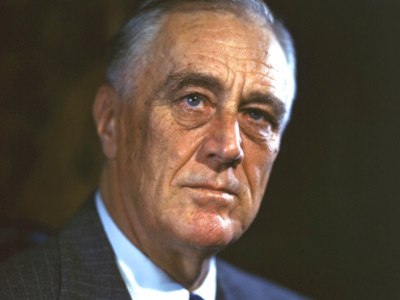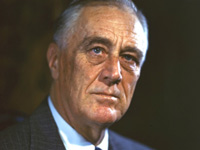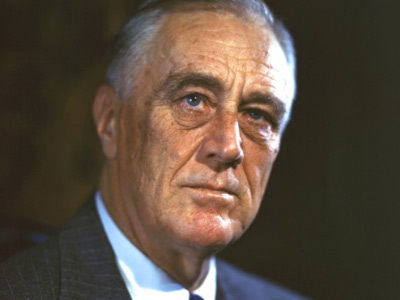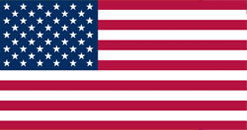Franklin Delano Roosevelt (1882-1945)

Paralytic Illness and Political Wilderness (1921–1928)
After the 1920 presidential election, Roosevelt sought to build support for a political comeback in the 1922, but his career was derailed by illness. While the Roosevelts were vacationing at Campobello Island, New Brunswick, in August 1921, Roosevelt fell ill. His main symptoms were fever; symmetric, ascending paralysis; facial paralysis; bowel and bladder dysfunction; numbness and hyperesthesia; and a descending pattern of recovery. Roosevelt was left permanently paralyzed from the waist down. He was diagnosed with poliomyelitis ("polio") at the time, but later physicians have speculated that he actually suffered from Guillain–Barré syndrome.
Though his mother favored his retirement from public life, Roosevelt, his wife, and Roosevelt's close friend and adviser, Louis Howe, were all determined that Roosevelt continue his political career. Roosevelt convinced many people that he was improving, which he believed to be essential prior to running for public office again. He laboriously taught himself to walk short distances while wearing iron braces on his hips and legs by swiveling his torso, supporting himself with a cane. He was careful never to be seen using his wheelchair in public, and great care was taken to prevent any portrayal in the press that would highlight his disability. However, his disability was well known before and during his presidency and became a major part of his image. He usually appeared in public standing upright, supported on one side by an aide or one of his sons.
Beginning in 1925, Roosevelt spent most of his time in the Southern United States on his houseboat, the Larooco. Intrigued by the potential benefits of hydrotherapy, he established a rehabilitation center at Warm Springs, Georgia in 1926. To create the rehabilitation center, Roosevelt assembled a staff of physical therapists and used most of inheritance to purchase the Merriweather Inn. After he became president, Roosevelt organized the March of Dimes to benefit Warm Springs and aid polio research.
Roosevelt maintained contacts with the Democratic Party during the 1920s, especially in New York. He helped Al Smith win New York's 1922 gubernatorial election, and in 1924 was a strong supporter of Smith against his cousin, Republican Theodore Roosevelt, Jr. Roosevelt gave nominating speeches for Smith at the 1924 and 1928 Democratic National Conventions; the speech at the 1924 convention marked a return to public life following his illness and convalescence. He also established political alliances in the Southern United States, particularly in Georgia.
HISTORY

RESOURCES
This article uses material from the Wikipedia article "Franklin Delano Roosevelt (1882-1945)", which is released under the Creative Commons Attribution-Share-Alike License 3.0.
© Stories Preschool. All Rights Reserved.










